This article was medically reviewed by Troy A. Miles, MD and by wikiHow staff writer, Eric McClure. Dr. Miles is an Orthopedic Surgeon specializing in Adult Joint Reconstruction in California. He received his MD from the Albert Einstein College of Medicine in 2010, followed by a residency at the Oregon Health & Science University and fellowship at the University of California, Davis. He is a Diplomat of the American Board of Orthopaedic Surgery and is a member of the American Association of Hip and Knee Surgeons, American Orthopaedic Association, American Association of Orthopaedic Surgery, and the North Pacific Orthopaedic Society.
There are 24 references cited in this article, which can be found at the bottom of the page.
This article has been viewed 148,241 times.
If you’re a little sore after a long day at work or you’re feeling a bit stiff after an intense session at the gym, you should be able to soothe your muscles at home with ease. Treating sore muscles is typically pretty straightforward, so this shouldn’t require anything too complicated. Even if you have a chronic condition that causes sore muscles, there are still plenty of easy things you can do to alleviate the soreness you’re experiencing.
Here are 10 effective ways to alleviate sore muscles.
Steps
References
- ↑ https://www.hss.edu/conditions_avoiding-muscle-fatigue-exercising-tips.asp
- ↑ https://www.health.harvard.edu/exercise-and-fitness/7-tips-for-a-safe-and-successful-strength-training-program
- ↑ https://www.hss.edu/conditions_muscle-strain.asp
- ↑ https://www.coastalorthoteam.com/blog/rice-treatment-why-it-works-so-well-for-minor-injuries
- ↑ https://www.urmc.rochester.edu/encyclopedia/content.aspx?contenttypeid=85&contentid=p00918
- ↑ https://www.urmc.rochester.edu/encyclopedia/content.aspx?contenttypeid=85&contentid=p00918
- ↑ https://health.clevelandclinic.org/should-you-use-ice-or-heat-for-pain-infographic/
- ↑ https://www.health.harvard.edu/blog/what-to-do-with-that-foam-roller-at-the-gym-2019041616427
- ↑ https://www.ncbi.nlm.nih.gov/pmc/articles/PMC4299735/
- ↑ https://premierortho.com/blog/sports-injuries/top-five-tips-for-keeping-your-muscles-healthy
- ↑ https://pubmed.ncbi.nlm.nih.gov/21735398/
- ↑ https://pubmed.ncbi.nlm.nih.gov/21735398/
- ↑ https://www.lths.net/cms/lib/IL01904810/Centricity/domain/165/units/Fitness%20and%20Training%20Concepts.pdf
- ↑ https://www.health.harvard.edu/staying-healthy/the-importance-of-stretching
- ↑ https://pubmed.ncbi.nlm.nih.gov/22739325/
- ↑ https://pubmed.ncbi.nlm.nih.gov/12617692/
- ↑ https://my.clevelandclinic.org/health/articles/7050-aerobic-exercise
- ↑ https://pubmed.ncbi.nlm.nih.gov/16284637/
- ↑ https://pubmed.ncbi.nlm.nih.gov/16284637/
- ↑ https://pubmed.ncbi.nlm.nih.gov/12617692/
- ↑ https://medlineplus.gov/ency/article/002123.htm
- ↑ https://www.fda.gov/media/112979/download
- ↑ https://health.clevelandclinic.org/topical-pain-relief-what-is-it-and-how-does-it-work/
- ↑ https://www.ncbi.nlm.nih.gov/pmc/articles/PMC4812039/
- ↑ https://www.brainspinesurgery.com/is-icy-hot-effective-at-relieving-back-pain/
- ↑ https://www.health.harvard.edu/staying-healthy/quick-start-guide-to-an-antiinflammation-diet
- ↑ https://pubmed.ncbi.nlm.nih.gov/20418184/
- ↑ https://www.ncbi.nlm.nih.gov/pmc/articles/PMC4294436/
- ↑ https://www.ncbi.nlm.nih.gov/pmc/articles/PMC4294436/
- ↑ https://www.ncbi.nlm.nih.gov/pmc/articles/PMC4294436/
- ↑ https://pubmed.ncbi.nlm.nih.gov/12617692/
About This Article
To treat sore muscles at home, try lightly stretching the muscles 2-3 times a day. If the soreness is a result of a recent injury, apply an ice pack to the muscles for 10-20 minutes every few hours. If you're dealing with chronic muscle soreness, apply heat to the muscles for 20 minutes every few hours by taking a warm bath or using a heating pad. Remember to drink plenty of water throughout the day, which will help prevent muscle cramping. If the soreness persists, you may want to take an over-the-counter pain reliever like ibuprofen. To learn more from our Orthopedic Surgeon co-author, like what professional help you can seek, keep reading the article!

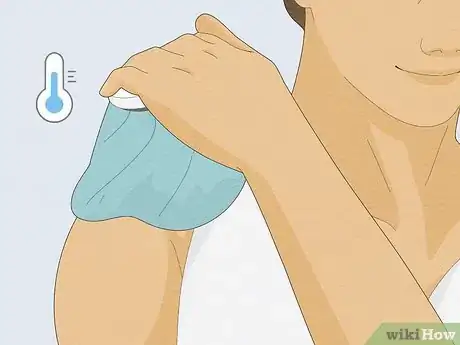

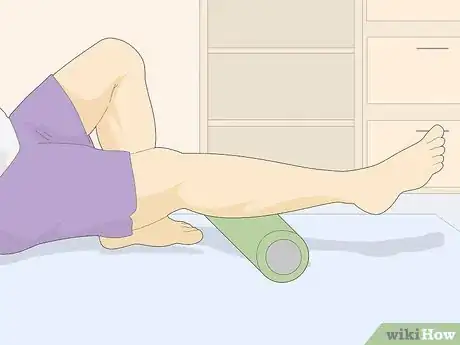
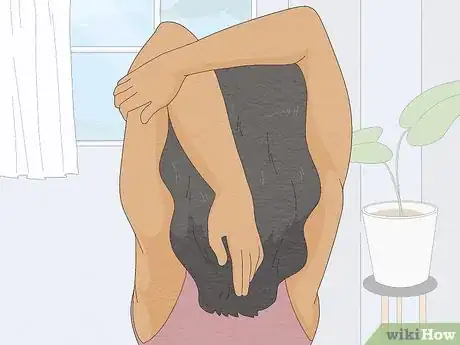
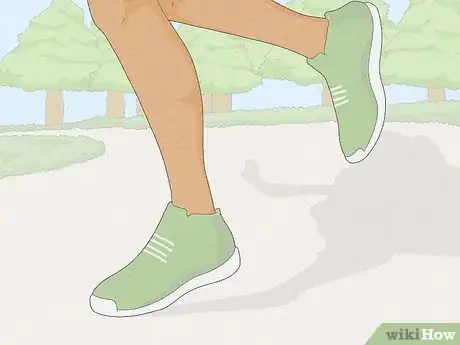
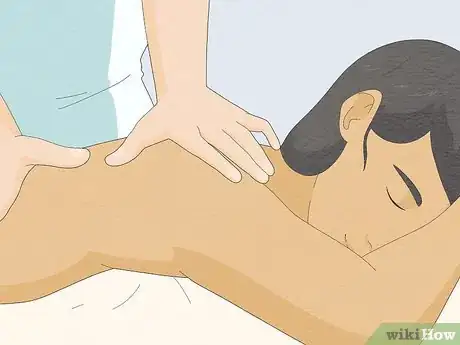
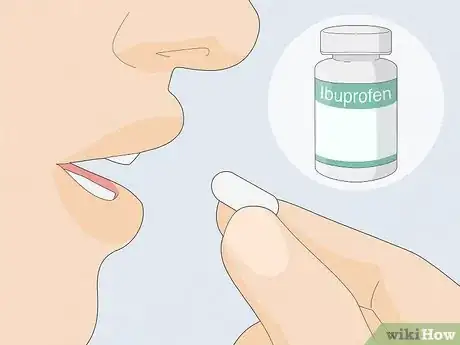
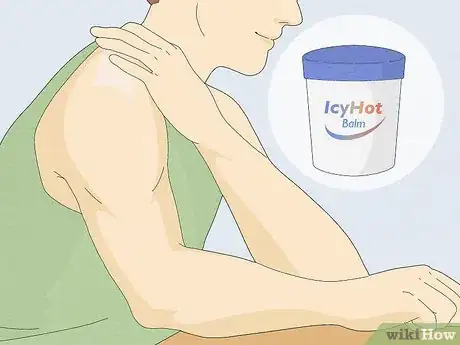
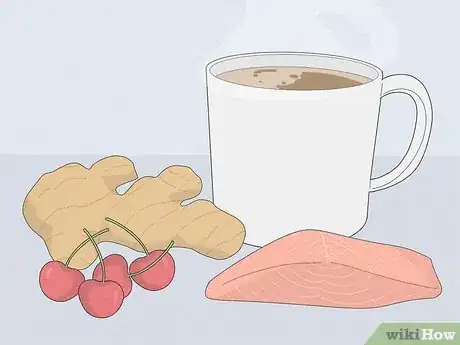

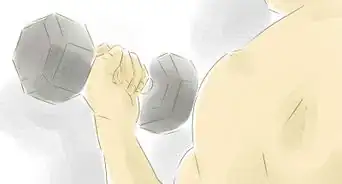


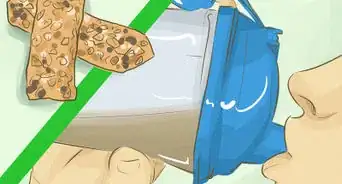


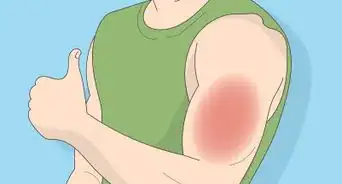
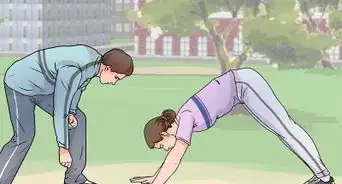











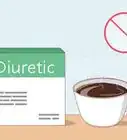



































Medical Disclaimer
The content of this article is not intended to be a substitute for professional medical advice, examination, diagnosis, or treatment. You should always contact your doctor or other qualified healthcare professional before starting, changing, or stopping any kind of health treatment.
Read More...